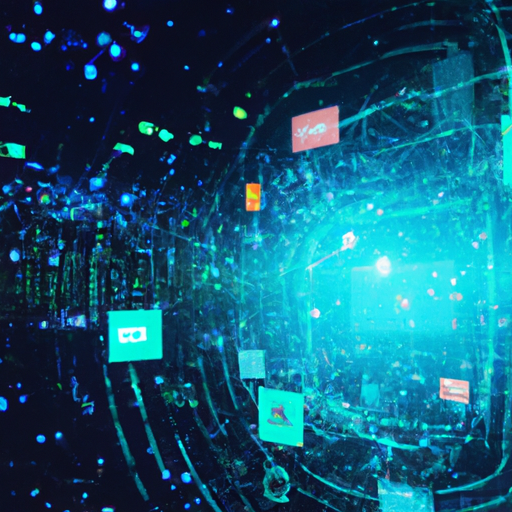Understanding ai deep learning: the future of technology
Artificial intelligence (ai) has been a buzzword for quite some time, but ai deep learning takes it to an entirely new level.
It’s not just an upgraded version of ai; it’s a paradigm shift that promises to revolutionize various industries.
In this blog post, we’ll explore what ai deep learning is, how it works, and why it’s so impactful.
We’ll also look at some real-life applications and the future prospects of this groundbreaking technology.
What is ai deep learning?
Ai deep learning is a subset of machine learning that uses neural networks with three or more layers.
These neural networks are designed to simulate the human brain’s ability to learn from data.
The more layers in the network, the “deeper” it is, hence the term deep learning.
Unlike traditional machine learning algorithms that plateau in performance as data increases, deep learning models continue to improve with more data and computational power.
This makes them particularly effective for tasks that involve large datasets and complex patterns.
The building blocks: neural networks
At the core of ai deep learning are neural networks.
These are computational models inspired by the human brain’s architecture.
A neural network consists of an input layer, one or more hidden layers, and an output layer.
Each layer is made up of nodes (or neurons) that process information.
The nodes are interconnected in such a way that they can adaptively learn from data inputs through a process called training.
Training and backpropagation
Training a neural network involves feeding it large amounts of data and adjusting its parameters based on the output errors.
This adjustment is done using an algorithm called backpropagation.
Backpropagation calculates the gradient of the loss function with respect to each weight by chain rule, iterating backward from the last layer to avoid redundant calculations.
As this process repeats over multiple iterations (known as epochs), the model becomes increasingly accurate.
Real-life applications of ai deep learning
Deep learning has already made significant strides in various fields.
Here are some real-life examples where ai deep learning shines:
Healthcare
In healthcare, deep learning algorithms are used for diagnosing diseases from medical images like x-rays and mris.
For instance, google’s deepmind developed an algorithm capable of detecting over 50 eye diseases as accurately as world-leading experts.
Automotive industry
Self-driving cars rely heavily on deep learning for object detection and decision-making processes.
Tesla’s autopilot system uses neural networks to interpret data from cameras and sensors in real-time.
Natural language processing (nlp)
Virtual assistants like amazon’s alexa and apple’s siri use deep learning techniques for understanding and generating human language.
These systems can perform tasks ranging from setting reminders to controlling smart home devices based on voice commands.
The impact of ai deep learning on big data
One cannot discuss ai deep learning without mentioning its relationship with big data.
Deep learning thrives on vast amounts of data, which makes big data a perfect match.
The ability to analyze massive datasets quickly allows businesses to gain insights previously thought impossible.
Customer insights and personalization
Retail giants like amazon use deep learning algorithms to analyze customer behavior patterns.
This helps them offer personalized recommendations, improving customer satisfaction and sales conversion rates.
Financial services
In finance, deep learning models predict market trends by analyzing historical trading data.
Banks also use these models for fraud detection by identifying unusual transaction patterns indicative of fraudulent activity.
The future of ai deep learning
The future looks incredibly promising for ai deep learning. With advancements in computational power and access to even larger datasets,
The capabilities of these systems will only continue to expand.
Agriculture and environmental science
Farmers are starting to use ai-powered drones equipped with deep-learning algorithms for monitoring crop health,
Predicting yields, and optimizing resource usage like water and fertilizers.
Aerospace engineering
Nasa is exploring ways to integrate deep-learning models into space missions,
Helping rovers navigate unknown terrains autonomously or even assisting astronauts in performing complex tasks during long-duration spaceflights.
Conclusion: embracing the power of ai deep learning
In summary, ai deep learning isn’t just another technological advancement; it’s a transformative force reshaping numerous industries.
From healthcare diagnostics and self-driving cars to personalized shopping experiences,
Its applications are vast and varied.
As we move forward,
Embracing this technology will be crucial for staying competitive in today’s fast-paced world.
So whether you’re a tech enthusiast or someone curious about future innovations,
Keeping an eye on developments in ai deep-learning will undoubtedly be rewarding.

